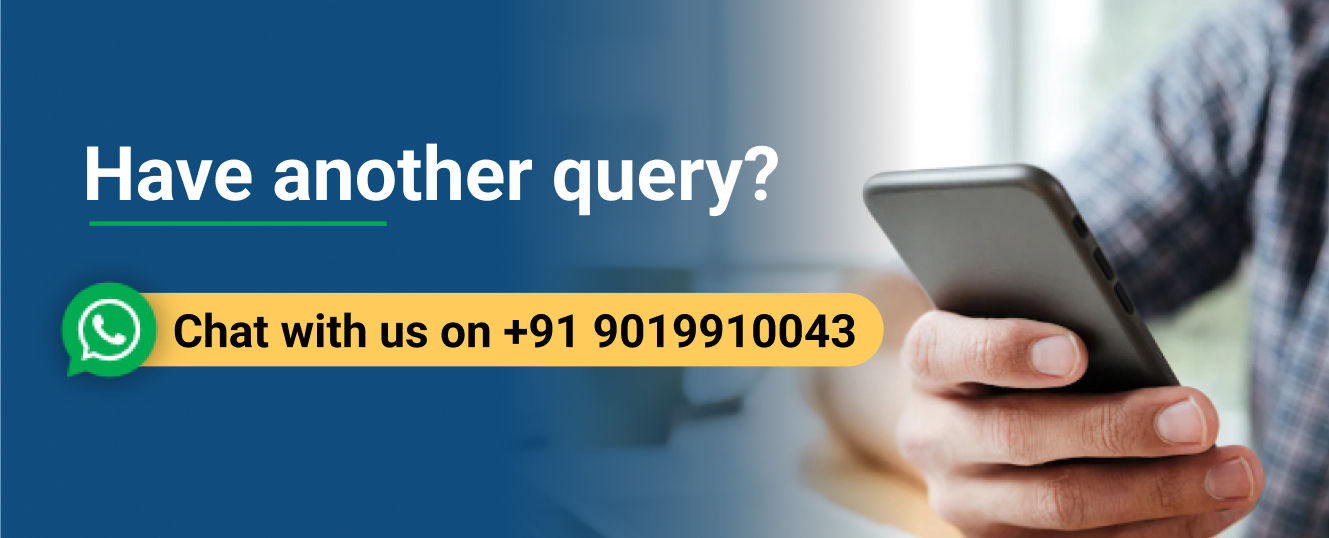e-Way Bill in TallyPrime
The e-Way Bill system, introduced by the government, simplifies GST compliance by requiring a document with an e-Way Bill number when transporting goods. With TallyPrime, you can generate e-Way Bill online while saving your invoice and also print the QR code and other details.
In case your invoice requires both e-Invoice with e-Way bill generation, you can use e-Invoice credentials to generate e-Invoice as well as e-Way Bill.
|
As a registered dealer, if you are shipping material worth more than Rs 50,000, Visit e-Way Bill portal → Register on e-Way Bill portal → Create API user profile → Enable e-Way Bill in TallyPrime → Generate e-Way Bill in TallyPrime |
Note: If you want to generate your e-Way Bill details along with your e-Invoice, then open the invoice > press F12 (Configure)> set the option Send e-Way Bill details with e-Invoice to Yes.
Online e-Way Bill generations are securely processed through Tally GSP (TIPL), which is ISO 27001:2013 certified for robust data security, without requiring any additional software or plugins.
Have questions about e-Invoicing? Read our FAQ.
Prerequisites
Before proceeding with online e-Way Bill generation, ensure that, you have
-
A valid TSS.
-
Good internet connection.
-
Created e-Way Bill Profile on the Portal.
-
Logged in the e-Way Bill portal.
Refer to Supply Type – Document Type Mapping to know the document type required for a specific type of transaction.
In TallyPrime, you can generate e-Way Bills for Sales voucher, Purchase voucher, Debit Note, Credit Note, Delivery Note, Receipt Note and Journal Voucher recorded as Sales or Purchase. If you are in TallyPrime Release 5.1 and later, you can generate e-Way Bill for Material In and Material Out voucher type, as well.
With TallyPrime, you can
-
Cancel e-Way Bills in online and Undo e-Way Bill cancellations in online
-
Update Part B details of an e-Way Bill online and undo the updates online
- Update Part B details of an e-Way Bill offline
Note: If you are on TallyPrime Release 3.0 or later, then you can generate e-Way Bills for any GST registration during voucher creation or multiple GST registrations through Exchange by selecting multiple vouchers created for different GST registrations.



